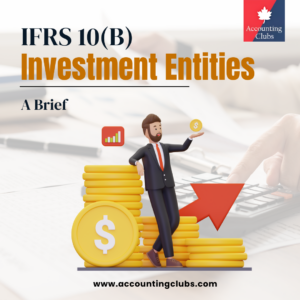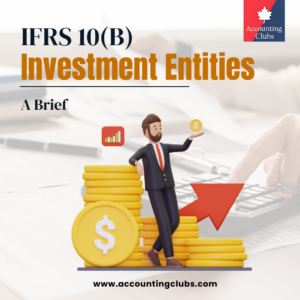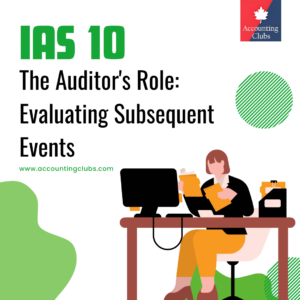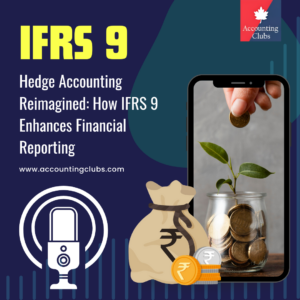Chapter 3: Measurement
A government grant may take the form of a transfer of a non-monetary asset, such as land or other resources, for the use of the entity. In these circumstances, it is usual to assess the fair value of the non-monetary asset and to account for both grant and asset at that fair value. IAS 20 also allows an alternative course to record both grant and asset at a nominal amount.
The benefit of a government loan at a below market rate of interest should be accounted for as a government grant under IAS 20 while the relevant standard for measurement of the loan is IFRS 9. The benefit should be measured as the difference between the initial carrying value of the loan determined in accordance with IFRS 9 and the proceeds received.
Government loans at below-market rate of interest
The benefit of a government loan at a below-market rate of interest is treated as a government grant. The loan is recognized and measured in accordance with IFRS 9 (or, for entities that have not yet adopted IFRS 9, IAS 39). The benefit of the below-market rate of interest is measured as the difference between the initial carrying amount of the loan determined in accordance with IFRS 9 (IAS 39) and the proceeds received.
The benefit so calculated is accounted for in accordance with the general principles of IAS 20. The entity is required to consider the conditions and obligations that have been, or must be, met when identifying the costs for which the benefit of the loan is intended to compensate.
The requirements of IAS 20, described above, are applied prospectively to government loans received in periods beginning on or after 1 January 2009 (or earlier, if the entity chose to apply the requirements from an earlier date).
The requirement for prospective application was intended to avoid the necessity to measure the fair value of loans at a past date.
For government loans received in periods before IAS 20 was applied, IAS 20 stated that “loans at nil or low interest rates are a form of government assistance, but the benefit is not quantified by the imputation of interest“.
Therefore, prior to the application of IAS 20, entities did not quantify the benefit inherent in government-subsidized loans, and the only requirement was that the nature, extent and duration of such loans be disclosed, if necessary, in order that the financial statements not be misleading.
Government loan at below-market rate of interest – example Entity Q receives a loan of CU3 million from the government. The loan is at 2 per cent interest and is repayable in five years. Using prevailing market interest rates of 5 per cent, the fair value of the loan is calculated at CU2,610,347.
Under IFRS 9 (or, for entities that have not yet adopted IFRS 9, IAS 39), the loan is recognized at CU2,610,347.
The difference between this amount and the proceeds received (CU389,653) is the benefit derived from the below-market interest and is recognized as deferred income. Therefore, on the date that the loan is received, the following journal entry is recorded.
CU CU Dr Cash 3,000,000 Cr Government loan 2,610,347 Cr Deferred income (government grant) 389,653 Initial recognition of loan at below-market rate of interest. The interest expense is recognized in profit or loss at 5 per cent in accordance with IFRS 9 (IAS 39).
Opening balance on loan Interest calculated at 5% Interest paid (at 2%) + capital repayment in Year 5 Closing balance on loan CU CU CU CU Year 1 2,610,347 130,517 (60,000) 2,680,864 Year 2 2,680,864 134,044 (60,000) 2,754,908 Year 3 2,754,908 137,745 (60,000) 2,832,653 Year 4 2,832,653 141,633 (60,000) 2,914,286 Year 5 2,914,286 145,714 (3,060,000) nil In accordance with IAS 20, the amount of the government grant (CU389,653) is recognized in profit or loss on a systematic basis over the periods in which Entity Q recognizes as expenses the related costs for which the grant is intended to compensate.
The costs for which the below-market interest rate is intended to compensate are assessed on the basis of the particular circumstances. For example:
- the loan may be intended to subsidize training costs over a three-year period. The costs may be incurred on a straight-line basis, in which case the government grant will be released to income on a straight-line basis – i.e., CU129,884 (CU389,653/3) each year for three years;
- the loan may be intended as a rescue measure for the purpose of giving immediate financial support. In such circumstances, under IAS 20, it may be appropriate to recognize the benefit in profit or loss immediately; or
- the loan may be intended to finance a depreciable asset. In this case, the benefit would be recognized on the same basis as depreciation.
Measurement of non-monetary grants
If a government grant takes the form of a non-monetary asset, such as land or other resources, it is usual to account for the grant and the asset at fair value.
Fair value is defined as “the price that would be received to sell an asset or paid to transfer a liability in an orderly transaction between market participants at the measurement date. (See IFRS 13 Fair Value Measurement.)”
Note, however, that the recognition of non-monetary grants at fair value is not mandatory. IAS 20 allows as an alternative treatment that the grant and the asset be recognized at a nominal amount.








